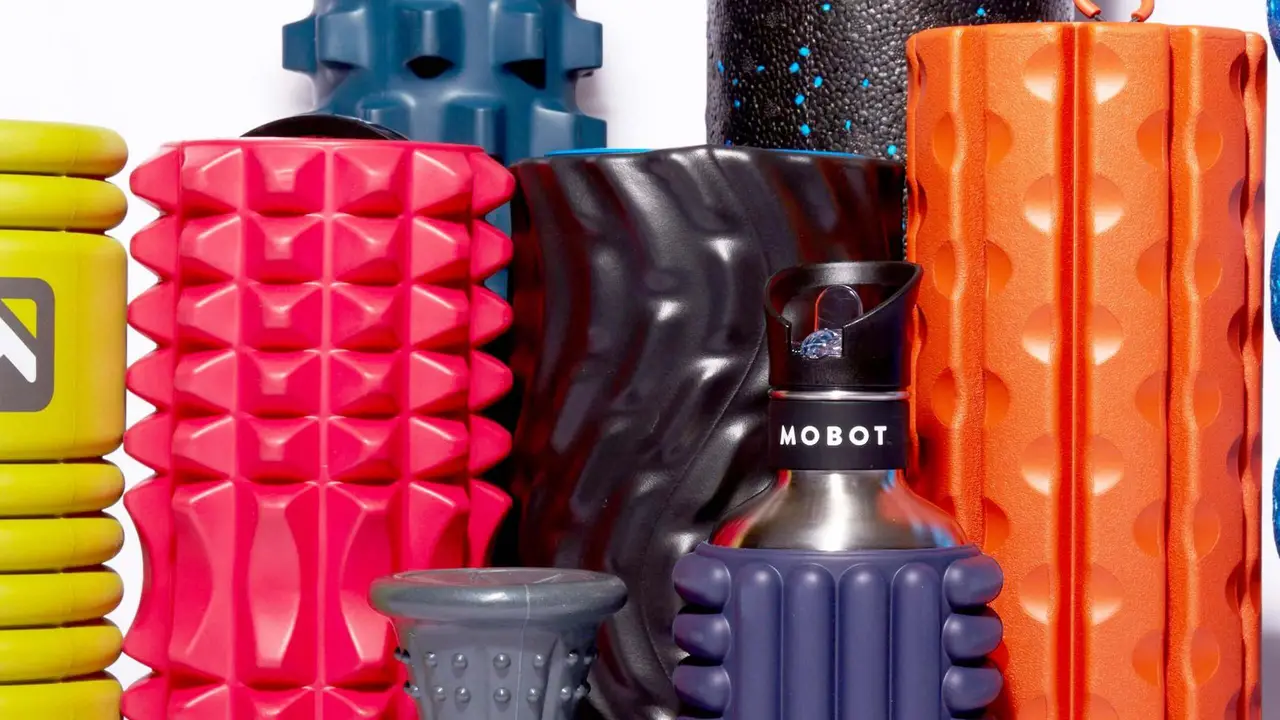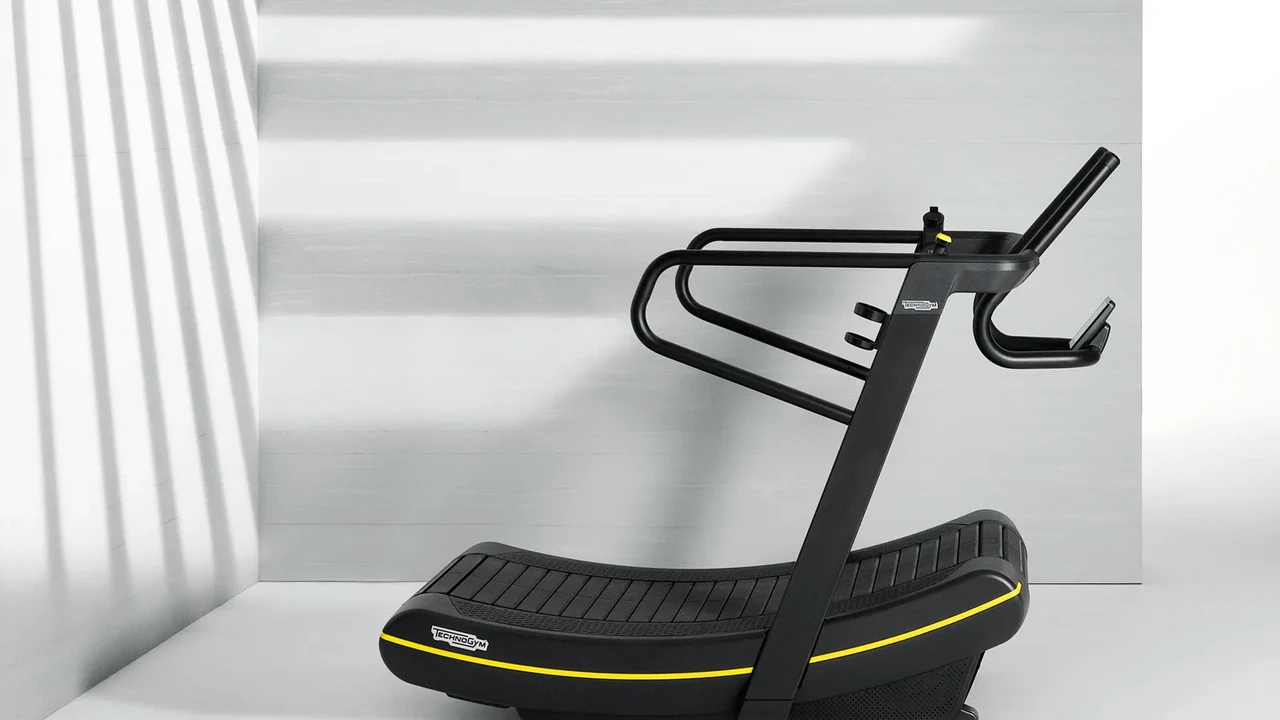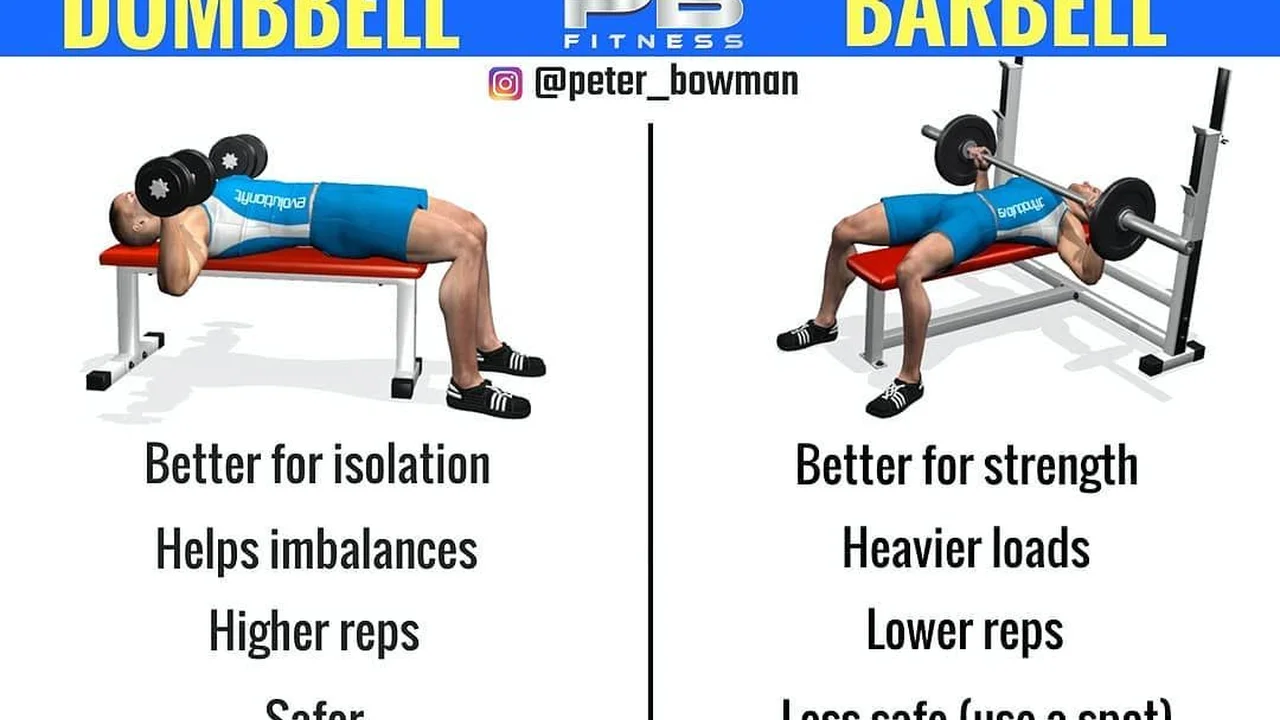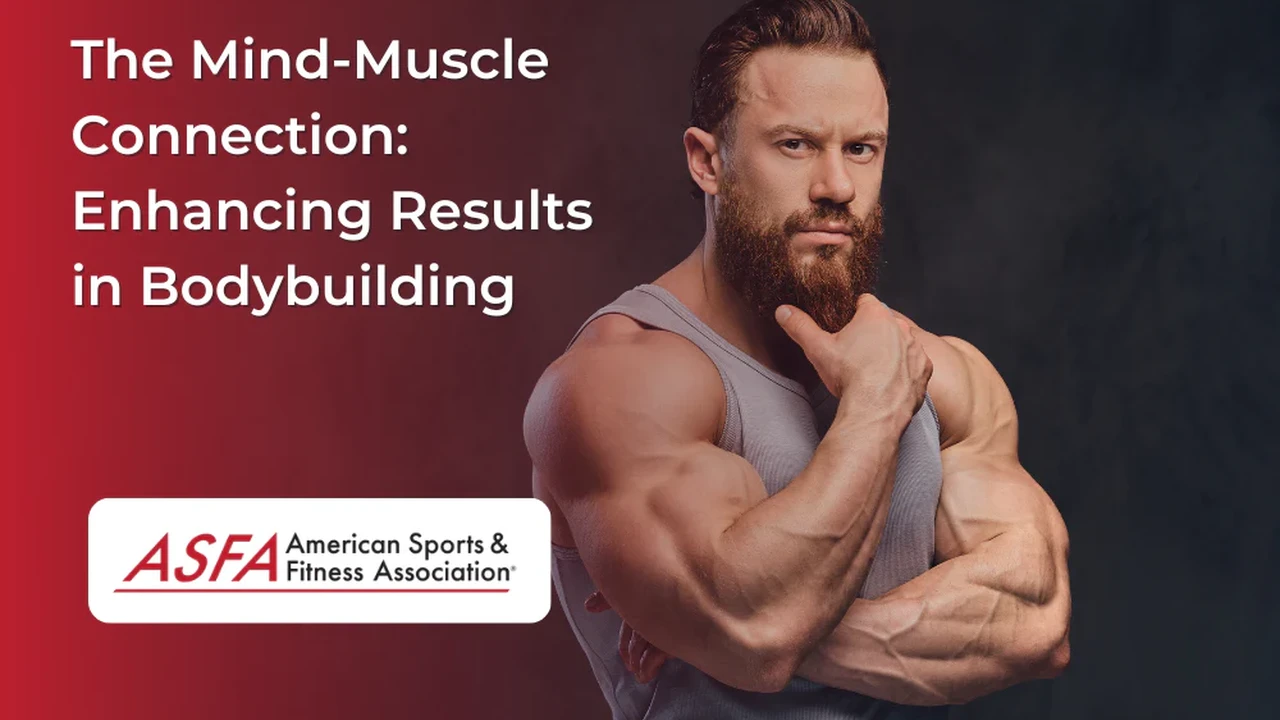Foam Rollers: Which One is Right for You?
Foam rollers are a simple yet effective tool for improving flexibility, reducing muscle soreness, and enhancing recovery. Whether you're an athlete, fitness enthusiast, or simply looking to ease tension, finding the right foam roller can make all the difference. This guide explores the various types of foam rollers available, their ideal uses, and provides specific product recommendations to help you choose the perfect one for your needs. Get ready to roll your way to better health and well-being!

Foam rolling, also known as self-myofascial release, has become a staple in many fitness routines. It's a fantastic way to address muscle tightness, improve circulation, and even reduce the appearance of cellulite. But with so many options on the market, how do you choose the best foam roller for you?
Understanding Different Types of Foam Rollers for Muscle Recovery and Pain Relief
The first step is understanding the different types of foam rollers. They vary in density, texture, and size, each designed for specific purposes.
Smooth Foam Rollers: Gentle Relief for Beginners
Smooth foam rollers are typically made of EVA foam and are the softest option. They're ideal for beginners or those with sensitive muscles. They provide gentle pressure, making them perfect for easing general muscle soreness and improving flexibility.
Textured Foam Rollers: Deep Tissue Massage and Trigger Point Release
Textured foam rollers feature raised bumps or ridges that provide a deeper, more intense massage. These are great for targeting specific trigger points and breaking up adhesions in the muscle tissue. They're often preferred by athletes and those with chronic muscle pain.
High-Density Foam Rollers: Intense Pressure for Experienced Users
High-density foam rollers are the firmest option and are best suited for experienced users who are accustomed to intense pressure. They offer a very deep tissue massage and are effective for releasing stubborn knots and improving range of motion. They're often made of EPP foam.
Vibrating Foam Rollers: Enhanced Muscle Stimulation and Recovery
Vibrating foam rollers combine the benefits of foam rolling with the added stimulation of vibration. The vibration helps to further relax muscles, increase blood flow, and reduce pain. They can be particularly helpful for those with tight or stiff muscles.
Choosing the Right Foam Roller Density for Your Needs and Experience Level
Density is a crucial factor to consider when choosing a foam roller. The right density will depend on your pain tolerance, experience level, and the specific muscles you're targeting.
Soft Density Foam Rollers: Ideal for Sensitive Muscles and Beginners
Soft density foam rollers are perfect for those new to foam rolling or who have sensitive muscles. They provide gentle pressure and are less likely to cause discomfort. They're also a good choice for areas with delicate tissue, such as the neck and calves.
Medium Density Foam Rollers: A Versatile Option for General Use
Medium density foam rollers offer a balance between comfort and effectiveness. They're a good choice for general use and can be used on a variety of muscle groups. They're also a good option for those who are unsure which density to choose.
High Density Foam Rollers: For Deep Tissue Work and Experienced Users
High density foam rollers are best suited for experienced users who are comfortable with intense pressure. They provide a very deep tissue massage and are effective for releasing stubborn knots and improving range of motion. However, they may be too intense for beginners or those with sensitive muscles.
Specific Foam Roller Recommendations: Products, Pricing, and Usage Scenarios
Now that you understand the different types and densities of foam rollers, let's take a look at some specific product recommendations.
The OPTP PRO-Roller Soft Density: Gentle and Effective for Beginners (Price: $30-$40)
The OPTP PRO-Roller is a popular choice for beginners due to its soft density and smooth surface. It's made of durable EVA foam and provides gentle, effective muscle relief. It's ideal for easing general muscle soreness, improving flexibility, and promoting relaxation. Usage Scenario: Perfect for post-workout recovery after low-impact activities like yoga or walking. Use it on your quads, hamstrings, and back for gentle muscle release.
TriggerPoint GRID Foam Roller: Versatile and Durable for Intermediate Users (Price: $35-$45)
The TriggerPoint GRID Foam Roller is a versatile option with a unique grid pattern that provides varying levels of pressure. It's made of durable EVA foam and can withstand heavy use. It's a great choice for intermediate users who want a more intense massage than a smooth foam roller but aren't quite ready for a high-density option. Usage Scenario: Use this after more intense workouts like running or weightlifting. The GRID pattern helps target specific muscle groups like the IT band, glutes, and calves.
RumbleRoller Beastie Bar: Targeted Trigger Point Release (Price: $30-$40)
The RumbleRoller Beastie Bar is designed for targeted trigger point release. It features firm, pointed knobs that dig deep into muscle tissue to break up adhesions and relieve pain. It's a great tool for athletes and those with chronic muscle pain. Usage Scenario: Ideal for targeting hard-to-reach areas like the shoulders, neck, and feet. Use it on your plantar fascia to relieve foot pain, or on your upper back to release tension. You can control the pressure by how much you lean into the knobs.
Hyperice Vyper 2.0: Vibrating Foam Roller for Enhanced Recovery (Price: $199-$249)
The Hyperice Vyper 2.0 is a vibrating foam roller that combines the benefits of foam rolling with the added stimulation of vibration. The vibration helps to further relax muscles, increase blood flow, and reduce pain. It's a great choice for those with tight or stiff muscles or who want to accelerate their recovery. Usage Scenario: Use this after intense workouts or when you're feeling particularly sore. The vibration helps to loosen up tight muscles quickly. It's great for use on quads, hamstrings, and calves. It's also effective for pre-workout warm-up to increase blood flow and flexibility.
Comparing Foam Roller Features: Texture, Density, and Portability
When choosing a foam roller, it's important to consider factors beyond just the type and density. Texture, portability, and durability are also important considerations.
Texture: Smooth vs. Textured for Varying Levels of Massage Intensity
As mentioned earlier, texture plays a significant role in the intensity of the massage. Smooth foam rollers provide gentle pressure, while textured foam rollers provide a deeper, more intense massage. Consider your pain tolerance and the specific muscles you're targeting when choosing a texture.
Density: Soft, Medium, and Hard for Different Pain Thresholds
Density is another key factor in determining the intensity of the massage. Soft density foam rollers are best for beginners, while high-density foam rollers are best for experienced users. Choose a density that is comfortable for you and that effectively addresses your muscle soreness.
Portability: Compact vs. Full-Size for Travel and Storage
If you plan to travel with your foam roller, consider a compact or travel-sized option. These are easier to pack and transport. Full-size foam rollers are great for home use but may be too bulky for travel.
Foam Rolling Techniques: Maximizing Benefits and Avoiding Injury
Proper foam rolling technique is essential for maximizing benefits and avoiding injury. Here are a few tips to keep in mind:
Start Slowly and Gradually Increase Pressure
If you're new to foam rolling, start slowly and gradually increase the pressure as you become more comfortable. Avoid rolling too quickly or applying too much pressure, as this can lead to injury.
Focus on Tight Areas and Trigger Points
Focus on tight areas and trigger points. When you find a tender spot, hold the pressure for 20-30 seconds to allow the muscle to release. Breathe deeply throughout the process.
Avoid Rolling Over Joints and Bones
Avoid rolling directly over joints and bones, as this can cause pain and injury. Focus on the muscle tissue surrounding the joints.
Listen to Your Body and Stop if You Experience Pain
Listen to your body and stop if you experience sharp or intense pain. Foam rolling should be uncomfortable but not painful. If you experience any pain, stop and consult with a healthcare professional.
Foam Rolling for Specific Muscle Groups: Techniques and Tips
Here are some specific foam rolling techniques for different muscle groups:
Quads: Improving Flexibility and Reducing Soreness
Lie face down with the foam roller under your quads. Use your hands and forearms to support your body and roll from your hips to your knees. Focus on any tight spots and hold the pressure for 20-30 seconds.
Hamstrings: Relieving Tension and Enhancing Performance
Sit with the foam roller under your hamstrings. Use your hands to support your body and roll from your glutes to your knees. Focus on any tight spots and hold the pressure for 20-30 seconds.
Calves: Preventing Shin Splints and Improving Ankle Mobility
Sit with the foam roller under your calves. Use your hands to support your body and roll from your ankles to your knees. You can also cross one leg over the other to increase the pressure. Focus on any tight spots and hold the pressure for 20-30 seconds.
Back: Releasing Tension and Improving Posture
Lie on your back with the foam roller under your upper back. Use your feet to support your body and roll from your shoulders to your lower back. Avoid rolling over your lower back, as this can cause injury. Focus on any tight spots and hold the pressure for 20-30 seconds.
IT Band: Addressing Knee Pain and Improving Hip Mobility
Lie on your side with the foam roller under your IT band (the tissue running along the outside of your thigh). Use your hands and forearms to support your body and roll from your hip to your knee. This can be a sensitive area, so start slowly and gradually increase the pressure. Focus on any tight spots and hold the pressure for 20-30 seconds.
:max_bytes(150000):strip_icc()/277019-baked-pork-chops-with-cream-of-mushroom-soup-DDMFS-beauty-4x3-BG-7505-5762b731cf30447d9cbbbbbf387beafa.jpg)





